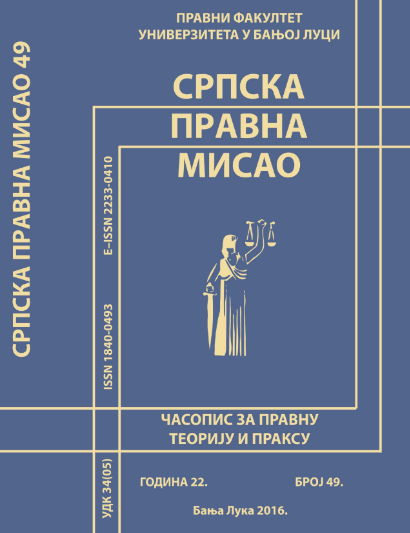MODELS OF DEVELOPMENT POLICIES
DOI:
https://doi.org/10.7251/SPM162249006PAbstract
What are the models of development policies, and what are their results in practice? The paper provides a brief history of economic thought from the 15th century to the present day. Then an account of the ruling neoclassical school of economics or neoliberalism and, based on it, the policy of the Washington Consensus is presented. The paper also shows alternative models of development, such as the development concept of the Swedish Nobel laureate Karl Gunnar Myrdal, a critic of neoclassical theory and a representative of the so-called institutional approach, which, with its ideas and political engagement, played a major role in the creation of the Swedish model of the welfare state. The paper also provides examples of the application of neoliberal development policy in the transitional countries of Central and Eastern Europe in the 1990s, as well as interventionist state policy in the countries of East Asia. Although there is no unique recipe for development, the analysis of urgent examples of economic development shows that what successful countries have in common is the existence of a balance between state regulation and market mechanisms, and that active, competent and pragmatic governments played a key role in development.
Downloads
Published
Issue
Section
License

This work is licensed under a Creative Commons Attribution-NonCommercial-NoDerivatives 4.0 International License.



